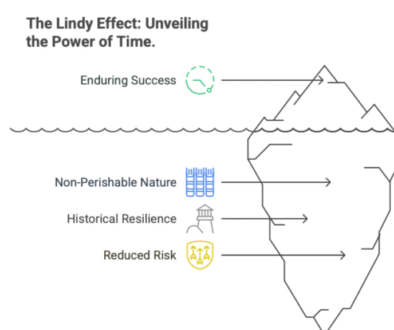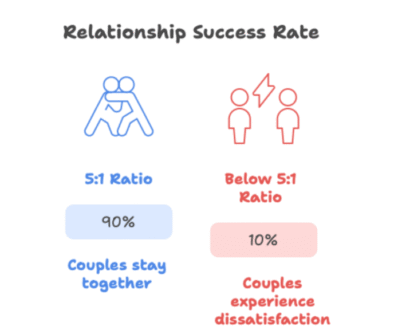How to Control Anger Like a Stoic (Before It Controls You)
Anger stands as one of the destructive emotions that humans experience. Anger distorts our thinking abilities while destroying interpersonal connections and producing decisions that we eventually wish to undo. The Stoic philosophers from antiquity created effective methods to control anger before it consumes our emotional state
The Stoic approach to anger management differs from contemporary advice which promotes either emotional release or suppression because it instructs us to control and redirect anger instead of allowing it to control our actions. A Stoic perspective enables us to convert uncontrolled anger into a manageable heat which avoids causing harm to ourselves or others.
In this blog, we’ll explore 10 Stoic principles to help you master anger before it masters you.
1. Understand the Nature of Anger
The Stoics saw anger as irrational and destructive—an emotion that pushes us away from reason and virtue. Seneca, one of the great Stoic philosophers, called anger “brief insanity” because it makes us act against our own values.
Why Anger is Harmful:
– It erodes self-control, making us say or do things we later regret.
– It distorts reality, making small problems seem catastrophic.
– It weakens us, giving power to external events and people over our emotions.
2. Focus on What You Can Control
A core Stoic principle is the dichotomy of control: Some things are within our power, while others are not. Anger often arises when we try to control the uncontrollable—other people’s actions, past events, or external circumstances.
What You Can Control:
– Your thoughts
– Your reactions
– Your judgments
What You Cannot Control:
– Other people’s words or actions
– Unexpected events
– Past mistakes
Stoic Exercise:
Next time you feel anger rising, pause and ask: “Is this within my control?” If not, shift your focus to how you can respond with wisdom instead of rage.
3. Pause Before Reacting (The Power of Delay)
One of the most effective Stoic techniques for anger is delaying your reaction. Seneca advised:
“The greatest remedy for anger is delay.”
When anger flares, the brain’s emotional centers (the amygdala) hijack rational thinking. By pausing, you allow your logical mind (the prefrontal cortex) to regain control.
How to Practice the Pause:
– Take three deep breaths before responding.
– Count to 10 (or 100, if needed).
– Walk away temporarily if necessary.
4. Reframe the Situation with Rational Thinking
Stoics teach that events themselves don’t make us angry—our judgments about them do. If someone insults you, you have two choices:
1. Believe the insult and react with anger.
2. Recognize their words have no power unless you allow them to.
Stoic Reframing Techniques:
– “This person is ignorant, not evil.”
– “I cannot be harmed by someone else’s words.” (Marcus Aurelius)
– “This is an opportunity to practice patience.”
Exercise:
Write down an anger-triggering event, then reinterpret it from a Stoic perspective.
5. Cultivate Gentleness Over Rage
Many people mistake Stoicism for emotional suppression, but it’s actually about replacing destructive emotions with virtuous ones. Instead of rage, Stoics advocate for gentleness and civility.
Why Gentleness is Stronger Than Anger:
– It disarms conflict.
– It reflects inner strength (only the weak need to shout).
– It preserves relationships.
Stoic Quote:
6. Choose Not to Be Like Your Enemy
When someone wrongs us, our instinct is revenge. But the Stoics saw vengeance as a trap—it makes us no better than those who hurt us.
Stoic Alternatives to Revenge:
– Respond with kindness (to confuse them).
– Ignore them (indifference is powerful).
– Focus on self-improvement (the best “revenge” is success).
Exercise:
Next time someone angers you, ask: “Would I want to become like them?” If not, choose a wiser response.
7. Study Your Own Flaws First
Stoicism teaches self-reflection over blame. When anger arises, instead of focusing on the other person’s faults, turn inward:
“What weakness in me is this anger revealing?”
Questions for Self-Reflection:
– Am I overreacting?
– Have I ever acted similarly?
– How can I grow from this?
Stoic Insight:
8. See Anger as Weakness, Not Strength
Society often glorifies anger as powerful passion, but Stoics saw it as a loss of control.
Why Anger is Weakness:
– It hands control to others (they dictate your emotions).
– It wastes energy that could be used productively.
– It leads to regret more often than victory.
Stoic Reminder:
9. Let Go of the Desire for Revenge
Holding onto anger is like drinking poison and expecting the other person to die. Stoics knew that forgiveness and patience heal faster than vengeance.
How to Release the Need for Revenge:
– Accept that some people won’t change.
– Focus on your own peace rather than their punishment.
– Remember: Time erases small grievances.
Exercise:
Write a letter of forgiveness (you don’t have to send it).
10. Daily Practice: The Stoic Journal
The Stoics used journaling to reflect on their emotions and improve self-control.
Stoic Journal Prompts for Anger Management:
1. What triggered my anger today?
2. Was it within my control?
3. How could I have responded better?
4. What virtue (patience, wisdom, courage) can I apply next time?
Commit to daily reflection to strengthen your emotional resilience.
Conclusion: Anger Mastered is Strength Gained
Anger is natural, but allowing it to control us is optional. The Stoics didn’t suppress emotions—they trained their minds to respond with wisdom instead of rage.
By practicing these *10 Stoic principles, you’ll find that anger loses its grip on you. You’ll respond with clarity, strength, and virtue—not impulsive reactions.
Final Stoic Reminder:
The next time anger rises, pause, reflect, and choose mastery over madness.
Action Step:
Pick one Stoic technique from this post and practice it for a week. Notice the difference in your emotional control.
Enjoyed this post? Share it with someone who needs Stoic wisdom in their life!



